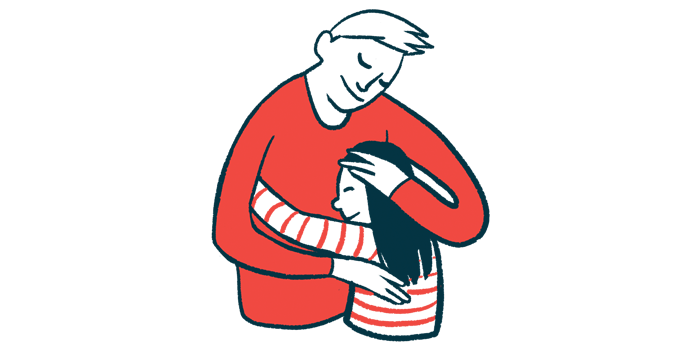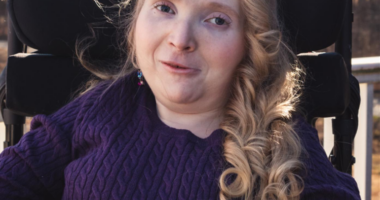Children’s Hospital Los Angeles Expands Space for Rett Care

The Rett Syndrome Clinic at Children’s Hospital Los Angeles has been relaunched in an expanded space and expects to enhance individualized care for children with the disorder.
The new Neurological Institute Outpatient Center opened this year at the hospital’s Sunset Boulevard campus. It aims to provide comprehensive care for children with neurological and neuromuscular conditions, among other disorders.
“Our new space is perfectly positioned for multidisciplinary care, giving us the ability to connect patients and families with a variety of subspecialists throughout the hospital, including gastroenterologists, and to tailor treatment to each individual patient’s needs,” Payal Gu, MD, head of the Rett Syndrome Clinic, said in press release.
“The goal is to provide a neurological medical home for these girls and their families,” Gu added.
Rett syndrome is characterized by disruptions in brain function that cause cognitive, emotional, sensory, and motor disturbances that almost exclusively affect females.
It is mainly caused by mutations in the MECP2 gene, which codes for a protein of the same name. The MeCP2 protein regulates the activity of other genes by turning them on or off and plays an important role in brain development and function.
Rett patients typically develop normally in the first months of life, but within 6 to 18 months after birth they begin to experience complications that affect their ability to walk, speak, eat, and sleep.
A wide range of symptoms are seen in Rett patients, depending on the severity, type, and location of the disease-causing mutation. This makes individualized care key for this patient population.
As there is currently no cure for Rett syndrome, the available therapies are supportive, aimed at improving patients’ lives.
Extended clinic visits at Children’s Hospital Los Angeles give patients the opportunity to be evaluated by providers in multiple disciplines, including speech and language, physical therapy, occupational therapy, and nutrition.
Gu has a background in pediatric neurology and sleep medicine. According to the hospital, this gives her a unique perspective on helping patients with sleep disturbances, sleep-disordered breathing, seizures, and movement disorders, all common to Rett syndrome.
The clinic is also allowing families to try out gaze-tracking devices intended to help patients communicate.
“Eye gaze tracking can really open a door and be a very effective form of communication for girls with Rett syndrome who don’t have the ability for verbal speech and can’t control their hand movements,” Gu said. “That’s one of the ways we are hoping to make a difference in patients’ lives, by helping them develop those communication skills at an earlier age.”
Additionally, the clinic’s team hopes to educate more pediatricians and general neurologists about Rett syndrome, potentially enabling earlier diagnosis.
“That early genetic diagnosis can make a difference in the treatments that can then help improve a child’s quality of life,” Gu said. Earlier diagnosis can improve access to clinical trials, which the clinic plans to conduct.
“As a field, we’re making so much headway in understanding this disorder. We are just on the cusp of an exciting new therapeutic era, with a possible gene therapy,” Gu said. “There is a lot of hope on the horizon.”







